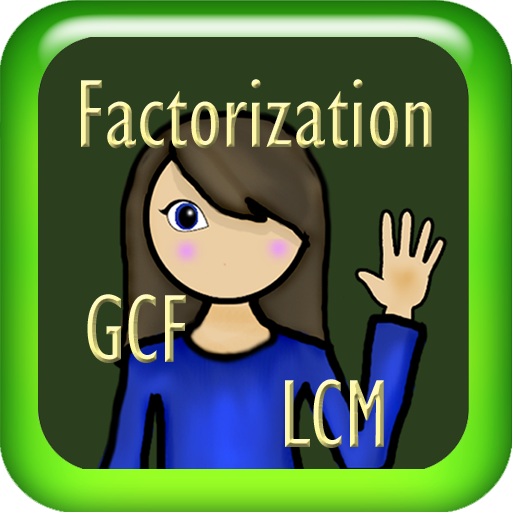The term geography literally means "earth description." It defines what a particular location or region is like and how and why some places on Earth are alike or different from others. A enormous array of physical features characterize our planet -- climate, landforms, natural vegetation--and human beings.
Human and physical characteristics of geographic regions have influenced the development of a vast number of distinct and diverse cultures (the way of life that characterizes a group of people).
This is what we learn about; it defines the connection between the Social Sciences and the Physical ones.
ASSIGNMENTS FOR THE WEEK OF
OCTOBER 27 - 31
OUR NEW FOCUS IN SCIENCE AND SOCIAL STUDIES IS ON CLIMATE AND THE FIRST GREAT CIVILIZATION, KNOWN AS MESOPOTAMIA.
~
Mesopotamia is a name, interestingly enough, later given to the people of the "Fertile Crescent" by the Greeks. These people lived in a haphazard climate--one where summer temperatures reached as high as 110 to 130 degrees Fahrenheit. Eight months of the year were dry, turning the Tigris and Euphrates rivers a sluggish brown. Winter was the rainy season. Melting snows from the Taurus and Zagros Mountains also drained into the rivers, causing them to flood, often destructively. Young travelers, we are about to enter this unpredictable and often unfriendly environment. Never fear, we'll travel together. Better get packed!
Ahh, the land of the
first great civilization...
SOCIAL STUDIES
- Monday: Welcome, ancient travelers, to the Fertile Crescent, also known as Mesopotamia, which means land between two rivers. You are about to embark on an important information-gathering quest in the world's first great civilization. This will be one of many we will visit this year. Complete this Scavenger Hunt in the packet I provide by using the links below. This is an important task, young travelers. Safe journey; do well!
Advance to this PREZI for further instruction...
SUMER -- BABYLON -- ASSYRIA -- HOMES -- SCHOOLS/EDUCATION -- CLASSES OF PEOPLE -- and -- GODS, GODDESSES, DEMONS, AND MONSTERS OF MESOPOTAMIA
- WEDNESDAY: Next, for the the setting of our adventure we'll need a map! Use MAP OF MESOPOTAMIA for part of this assignment (the "creating a map" part), and complete the task described below.
- Bring your sunscreen! Oh, and look out for camel spiders! (You know me and spiders, so I won't include a picture here, but if you're brave enough and want to know more, here's a link. Eeew!)

Use this interactive map to review the major points of the map of Mesopotamia. Hover over the map to reveal certain "tags" -- can you figure out what each of them is showing you? Think about it, then hover over the tag to see if you're correct. You will be given a task. It will be revealed to you on this day.
"Climate is what we expect, weather is what we get." – Mark Twain
- TUESDAY: What is the difference between Climate and Weather? Watch this video to find out. Begin really cool Interactive Notebook activities.
- WEATHER INFORMATION FOR THIS WEEK'S ACTIVITIES CAN BE FOUND HERE.
- THURSDAY: Complete Climate vs. Weather Interactive Notebook activities -- WEATHER MAPS.
LINKS FROM BRAINPOP:
WHAT IS WEATHER?
CLOUDS
AIR POLUTION
HUMIDITY
(Vocabu-Lit: Building Vocabulary Through Literature)
- Monday: Page 1
- Tuesday: Page 2
- Wednesday: Page 3
- Thusday: Page 4
- Friday: BHT
LANGUAGE ARTS
- MONDAY-THURSDAY: Read about THE HISTORY OF GHOST STORIES. Work for the week: How to write a scary story--NARRATIVE WRITING (tools for writing include a Venn Diagram and an Interactive Story Map )
- FRIDAY: "MONSTER MATCH" -- really cool Halloween activity.
Want to carve a virtual pumpkin? No mess to clean up afterwards... Click HERE!
Speaking of scary stories--
you're always asking me to read these. . .
Listen if you dare!
you're always asking me to read these. . .
Listen if you dare!
Mwah-ha-ha. . .
READING
We're continuing Johnny's ancient quest. You will remember that in the Stone Age, he found a way to help the people improve their use of fire. Now, he has arrived in the first great civilization: Mesopotamia. In this new chapter, "I Invent Farming," he must figure out what his next task is and find a way to accomplish it. He will struggle here, too, in this foreign and unfriendly environment. Will he succeed? What challenges will he face? His story can be found HERE. You will be provided with questions upon which to reflect.
~
An afterthought. . .
An afterthought. . .
As we bid a fond farewell to Plate Tectonics, I can't help but wonder if Alfred Wegener, as he pondered his theory of continental drift, ever considered this...
Information from "A Geographical Perspective" found at http://www.p12.nysed.gov/ciai/socst/grade3/geograph.html
Hand holding Earth image https://blogger.googleusercontent.com/img/proxy/AVvXsEiHyTeCdvHNQH-CkNveJwq2KQRnY6U4migi510SvOvsOZQnFpEuV4C-UqmDfnHO3ChpYkVUDnElV9dERa4sWeEYv2wZVSCRMuodErmntZP2Fgv31daa_qc80FeqUS10BywQprQ8-yYEMS6-tKioDqFzV4RbdIuA8r292H8vYon4Pet4jVZui8lLDY4_=
Climate image: https://eo.ucar.edu/kids/green/images/page1a_weather_sm.jpgDid u Know imagehttp://media-cache-
Halloween video and Ghost Stories information from http://www.history.com/topics/halloween
ak0.pinimg.com/736x/f2/7d/73/f27d736d7af2b3f593e513ac96c2628c.jpg
Climate image: https://eo.ucar.edu/kids/green/images/page1a_weather_sm.jpgDid u Know imagehttp://media-cache-
Halloween video and Ghost Stories information from http://www.history.com/topics/halloween
ak0.pinimg.com/736x/f2/7d/73/f27d736d7af2b3f593e513ac96c2628c.jpg


















